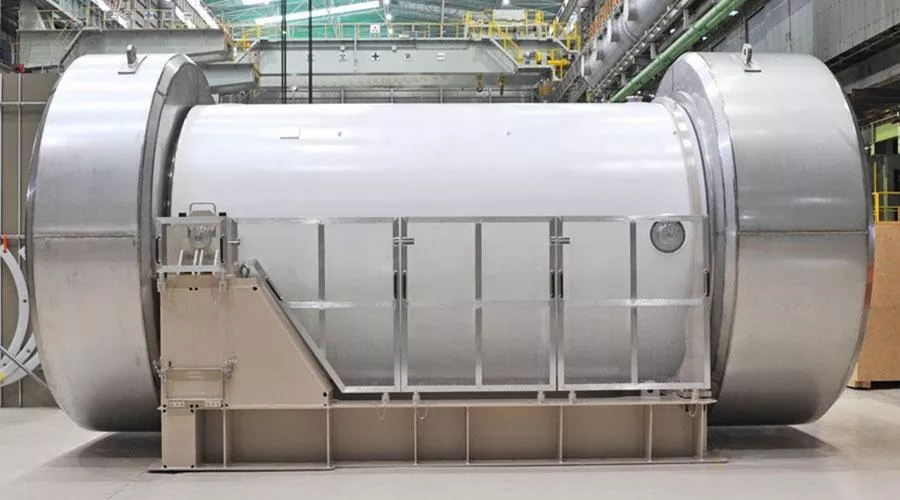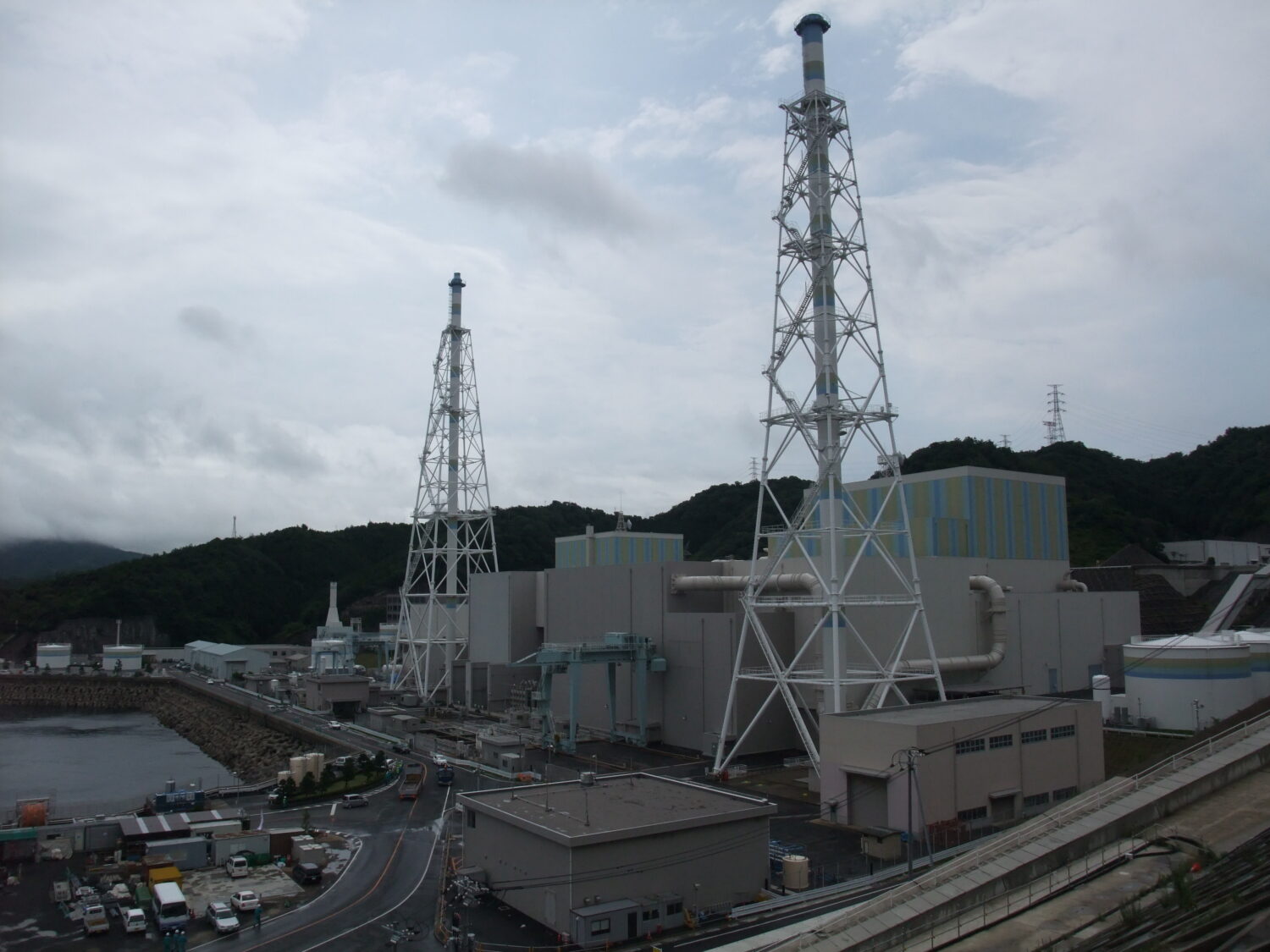The session began with a greeting from Director-General KUME Takashi of the Electricity and Gas Industry Department under the Agency of Natural Resources and Energy (ANRE). Referring to developments since the subcommittee’s last meeting, he cited the recent restart of two domestic nuclear power plants, namely:
- Onagawa-2, owned and operated by the Tohoku Electric Power Co.
- Shimane-2, owned and operated by the Chugoku Electric Power Co.
Next, KICHISE Shusaku, from the Nuclear Energy Policy Planning Division of (ANRE), gave a presentation on recent developments in nuclear energy. He also referred to the outline of the new Strategic Energy Plan.
At the recent subcommittee meeting, a central topic of discussion was the extension of the operating lifetimes of Japan’s NPPs. Extending reactor lifetimes beyond the standard 60 years will be made legally possible by the passage of a new law partially revising the Electricity Business Act and other parts of the legal framework; the new legislation aims at developing a domestic electricity supply system that leads toward greater decarbonization. The laws are collectively known as the GX Decarbonization Power Supply Bill (with GX standing for “green transformation”).
The new act, which will come into effect on June 6, 2025, will maintain Japan’s current policy of permitting reactors to operate up to 60 years, while recognizing extensions in exceptional cases. Particularly, it includes a “stop-the-clock” principle, which will kick in whenever a NPP stops operating during its normal 60-year lifetime, as long as the operator could not foresee the reasons. In effect, it allows the lifetime of such a reactor to be extended for as long as it had been down.
At the March 24 meeting of the subcommittee, ANRE representatives explained the government’s basic policy for examination standards and approval requirements under the new system, saying, “Whenever it is objectively clear that a particular NPP’s operation had been suspended because of an operator’s actions,” that reactor would not be eligible for the “stop-the-clock” system and thus could not have its lifetime extended, despite the suspension.
They then cited several examples of the type of suspensions in which a reactor would not qualify for such “stop-the-clock” exemptions, such as:
- When the Kashiwazaki Kariwa NPPs was unable to operate because of an order prohibiting the transport of nuclear materials
- The period of uncertainty at Tsuruga-2 NPP relating to geological investigations during its compatibility examination
The subcommittee members then voiced their opinions on this and various other issues. Governor SUGIMOTO Tatsuji of Fukui Prefecture, speaking from the vantage point of an area with nuclear facilities, requested the national government to clarify nuclear policy further, and asked it to “take responsibility” for the nuclear fuel cycle project in light of announced delays in the completion of the Rokkasho Reprocessing Plant. He also urged the government to work out a specific timeline for the plant as soon as possible.
Next, Professor ENDO Noriko of the Waseda Research Institute for Science and Engineering, in reference to the issue of approving the extension of NPP operating lifetimes, declared, “There are not sufficient grounds for the current rule that limits NPPs to 60 years of operation.” Given the worldwide trend toward extending NPP lifetimes, she urged the government to start addressing the establishment of a system with a longer-range viewpoint, over both the medium-term and long-term future.
Meanwhile, Professor SAITO Takumi of the Graduate School of Engineering, University of Tokyo, who chairs the subcommittee’s working group on advanced reactors, referred to the long-term operation of NPPs when he talked about the use of risk information in NPP deterioration management.
Another board member, KOBAYASHI Yoko, board member of WiN-Japan, the Japanese branch of WiN Global—the international non-profit organization of women working professionally in various areas of nuclear energy and radiation applications—spoke from a regulatory standpoint when she proposed enlisting the “external advisors” already within the Nuclear Regulation Authority (NRA) to help rectify Japan’s problem of not having enough surveillance test specimens to investigate neutron embrittlement in reactor pressure vessels (RPVs).
Next to voice an opinion was Vice Chair TAKESHITA Kenji, professor emeritus of the Tokyo Institute of Technology, and a top expert in nuclear technology. In his comments, he referred to the use of academic associations and reviews by international organizations.
As for the government’s new Strategic Energy Plan, most of the subcommittee members agreed with its clear statement of a policy to engage in the development and installation of next-generation advanced reactors. At the same time, however, some of the members were concerned that the plan hadn’t probed the long-term outlook deeply enough, among other issues.
MASUI Hideki, president of Japan Atomic Industrial Forum (JAIF), who participated in the meeting this time as a special member of the subcommittee, emphasized the importance of both continuing supply chains and technology and ensuring human resources. He also noted the need to create a business environment geared to the development of advanced, next-generation reactors.
Meanwhile, before the extensions of NPP operational lifetimes are finalized, the public will be given the chance to read and comment on the examination standards involved in the requirements to approve the lifetime extensions.


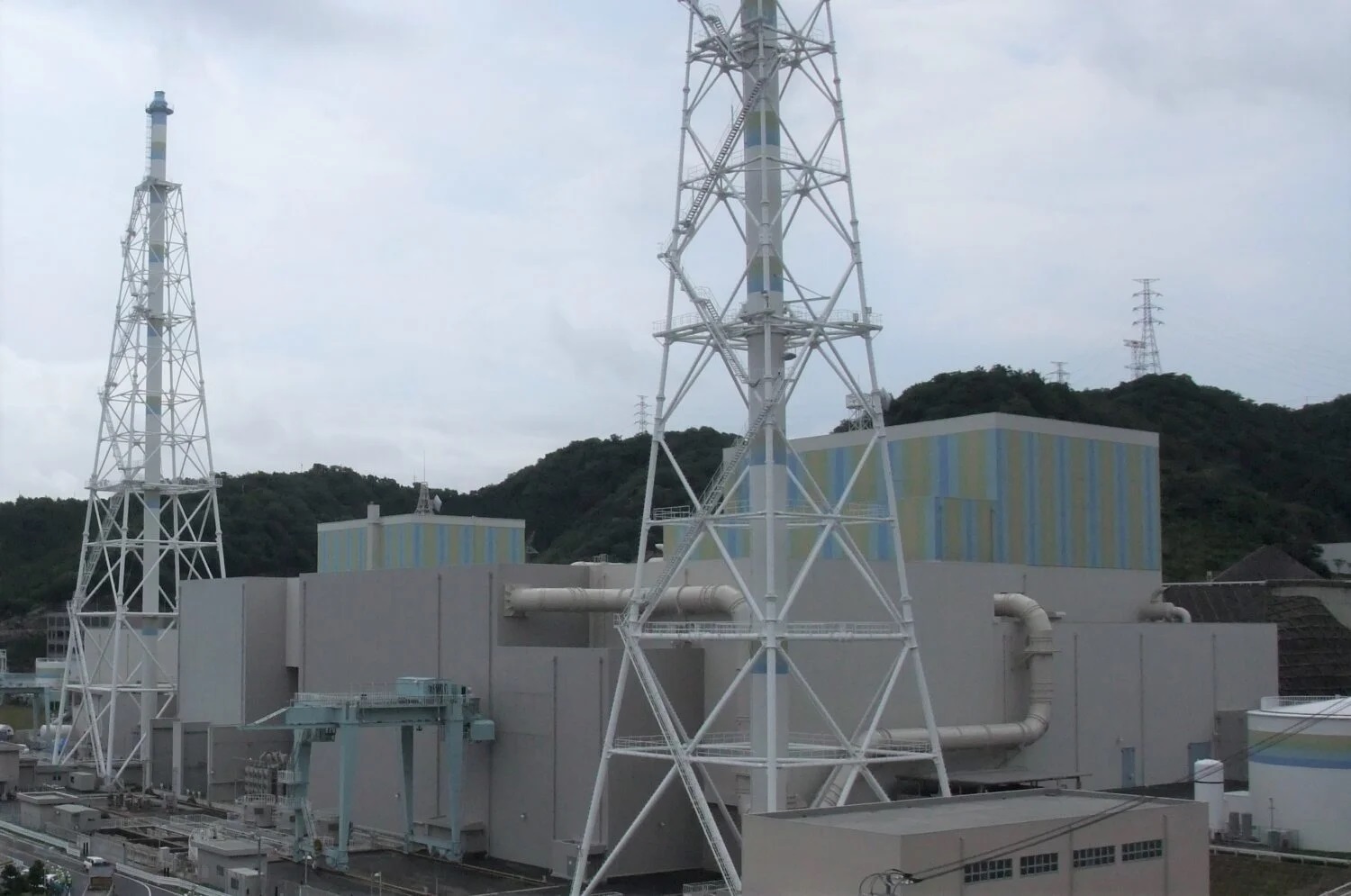
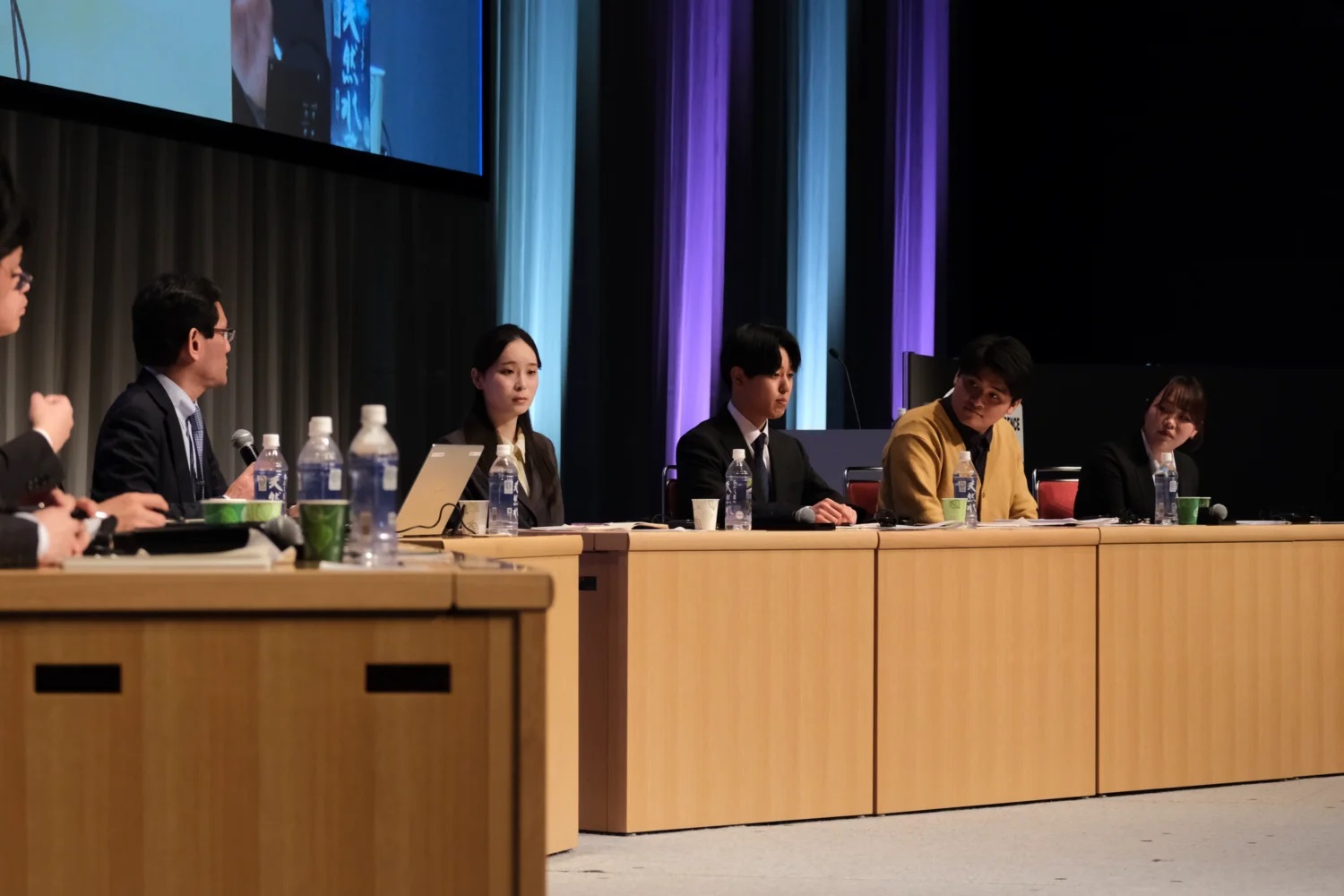
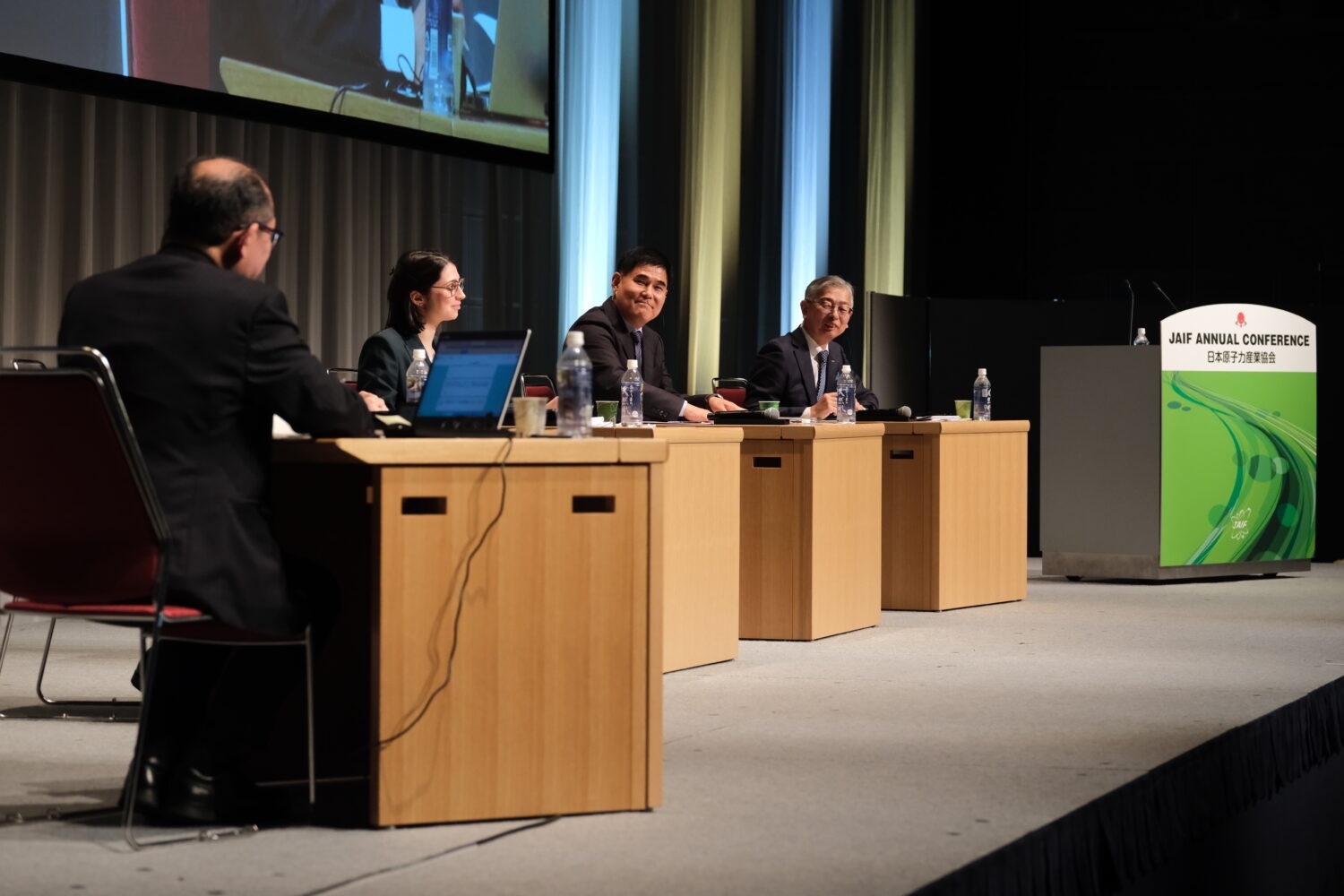
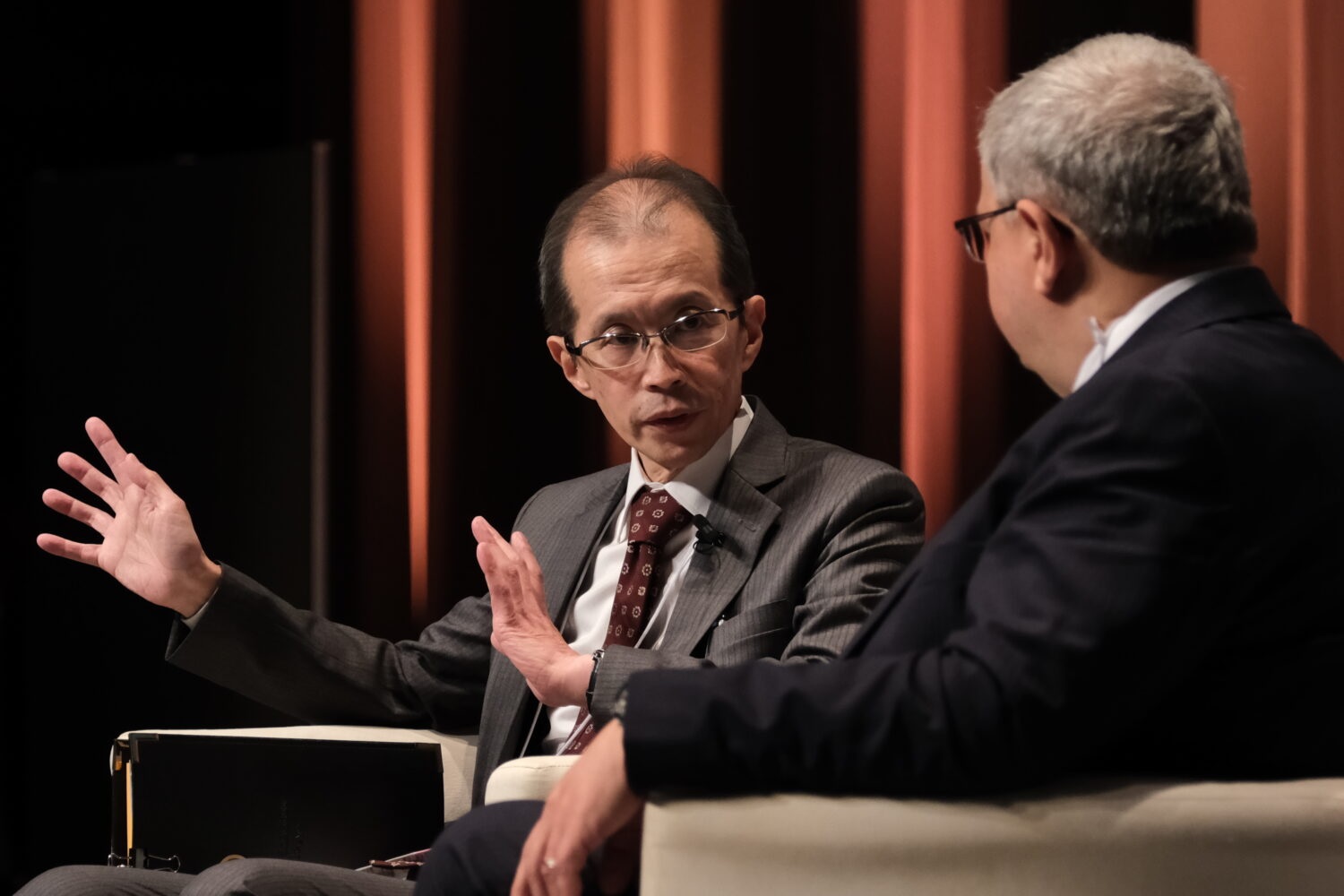
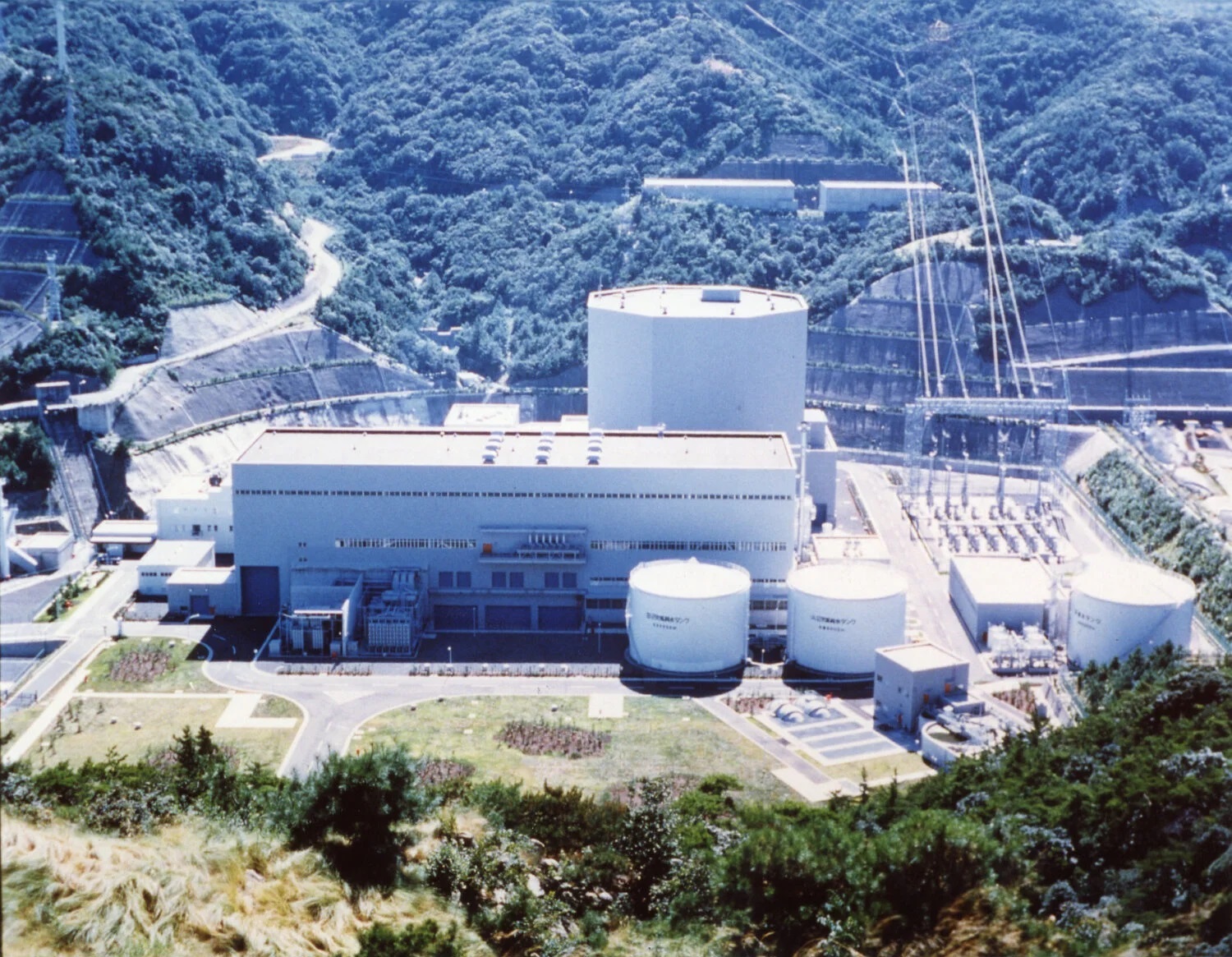
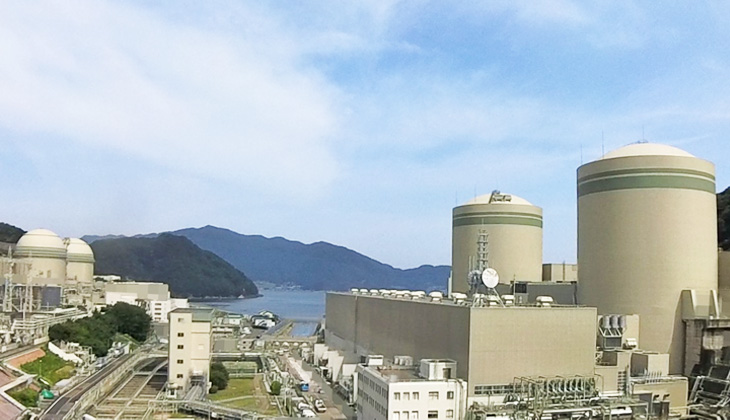
-1.png)

